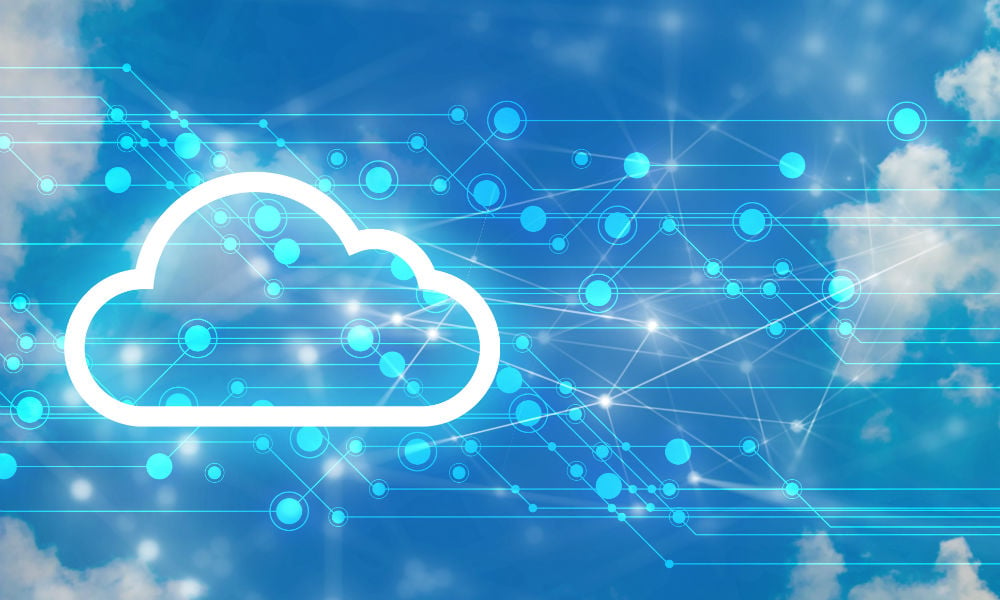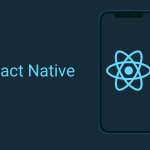Cloud computing has been the backbone of digital transformation for over a decade. From simple storage solutions to complex infrastructure management, the cloud has changed how businesses operate. As we move beyond 2025, the cloud continues to evolve, promising new levels of performance, security, and intelligence. Understanding these changes is essential for developers, enterprises, and startups that depend on cloud-based services.
Cloud computing is “a paradigm for enabling network access to a scalable and elastic pool of shareable physical or virtual resources with self-service provisioning and administration on-demand,” according to ISO. It is commonly referred to as “the cloud”.
Table of Contents
The Rise of Multi-Cloud and Hybrid Cloud Strategies
One of the biggest shifts is the adoption of multi-cloud and hybrid cloud environments. Companies no longer rely on a single provider but use a mix of services from AWS, Azure, and Google Cloud to achieve flexibility and reduce dependency. Hybrid models combine on-premises infrastructure with public clouds, offering both control and scalability. This trend helps organizations balance data privacy concerns with performance needs.
Edge Computing Integration
Edge computing is becoming a crucial extension of the cloud. Instead of sending all data to central servers, edge devices process it locally, reducing latency and bandwidth costs. In industries like healthcare, manufacturing, and autonomous vehicles, edge-cloud integration enables faster decision-making. After 2025, we can expect cloud platforms to provide native support for edge processing and smarter orchestration tools.
AI-Driven Cloud Management
Artificial intelligence is revolutionizing how cloud systems operate. Through AI-driven automation, resource management, and predictive analytics, cloud providers can optimize workloads dynamically. Tools like AI-based cost optimization and intelligent scaling ensure better performance with minimal manual intervention. As a result, the cloud becomes more self-managing, reliable, and efficient.
Quantum Cloud Services
Quantum computing is still in its early stages, but cloud providers are already experimenting with offering quantum access as a service. Companies like IBM and Google are leading this frontier. By 2030, developers might be able to run hybrid quantum-classical algorithms through the cloud, solving problems in cryptography, materials science, and optimization that were previously impossible.
Enhanced Cloud Security
With growing concerns over data breaches, security remains a top priority. Post-2025, we will see deeper integration of zero-trust architecture, AI-powered threat detection, and privacy-preserving computation techniques. End-to-end encryption and secure enclaves will become standard to protect sensitive information while maintaining performance.
Sustainable Cloud Practices
Sustainability is shaping the future of technology, and the cloud is no exception. Tech giants are investing heavily in carbon-neutral data centers powered by renewable energy. Developers are being encouraged to adopt “green cloud” practices, optimizing code and infrastructure for energy efficiency. This aligns cloud computing with global environmental goals while reducing costs.
The Role of Serverless Cloud Computing
Serverless architecture is simplifying application deployment by eliminating the need to manage infrastructure. Developers can focus solely on writing code, while the cloud automatically handles scaling and availability. This model is expected to dominate future cloud-native development due to its cost-effectiveness and flexibility.
Conclusion
As we step into the future, cloud computing is evolving from a storage and infrastructure platform into an intelligent, decentralized ecosystem. The convergence of AI, edge computing, and quantum technology will define the next era of cloud innovation. Businesses that embrace these advancements early will gain a competitive advantage in scalability, efficiency, and sustainability. The future of cloud computing after 2025 is not just about hosting data; it is about creating smarter, faster, and greener digital experiences.
Also Check From Metaverse to Multiverse – Free Ultimate Guide – 2025







1 thought on “The Evolution of Cloud Computing – Ultimate Guide 2025”